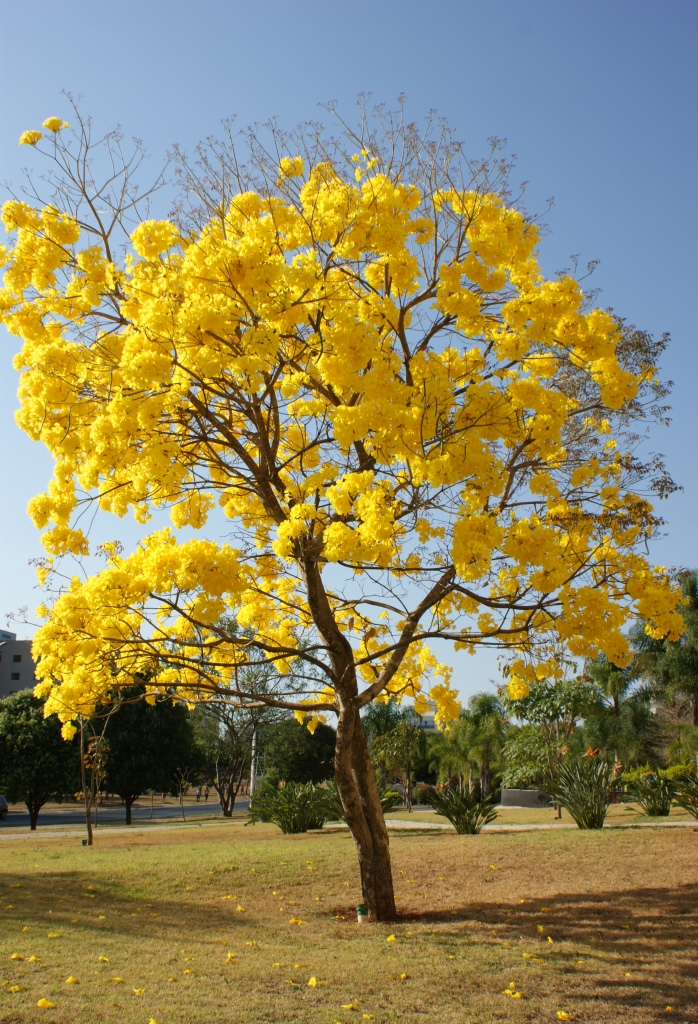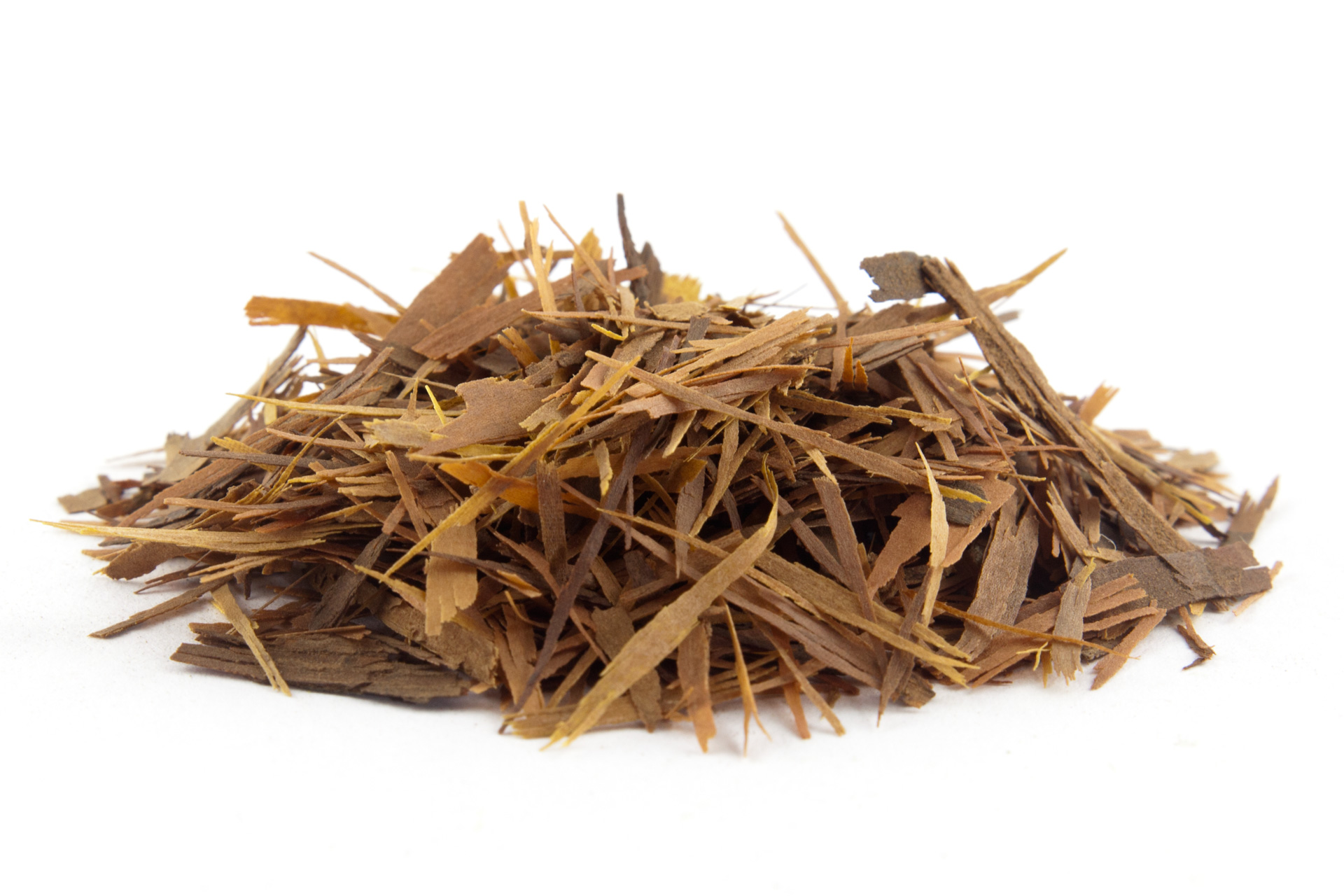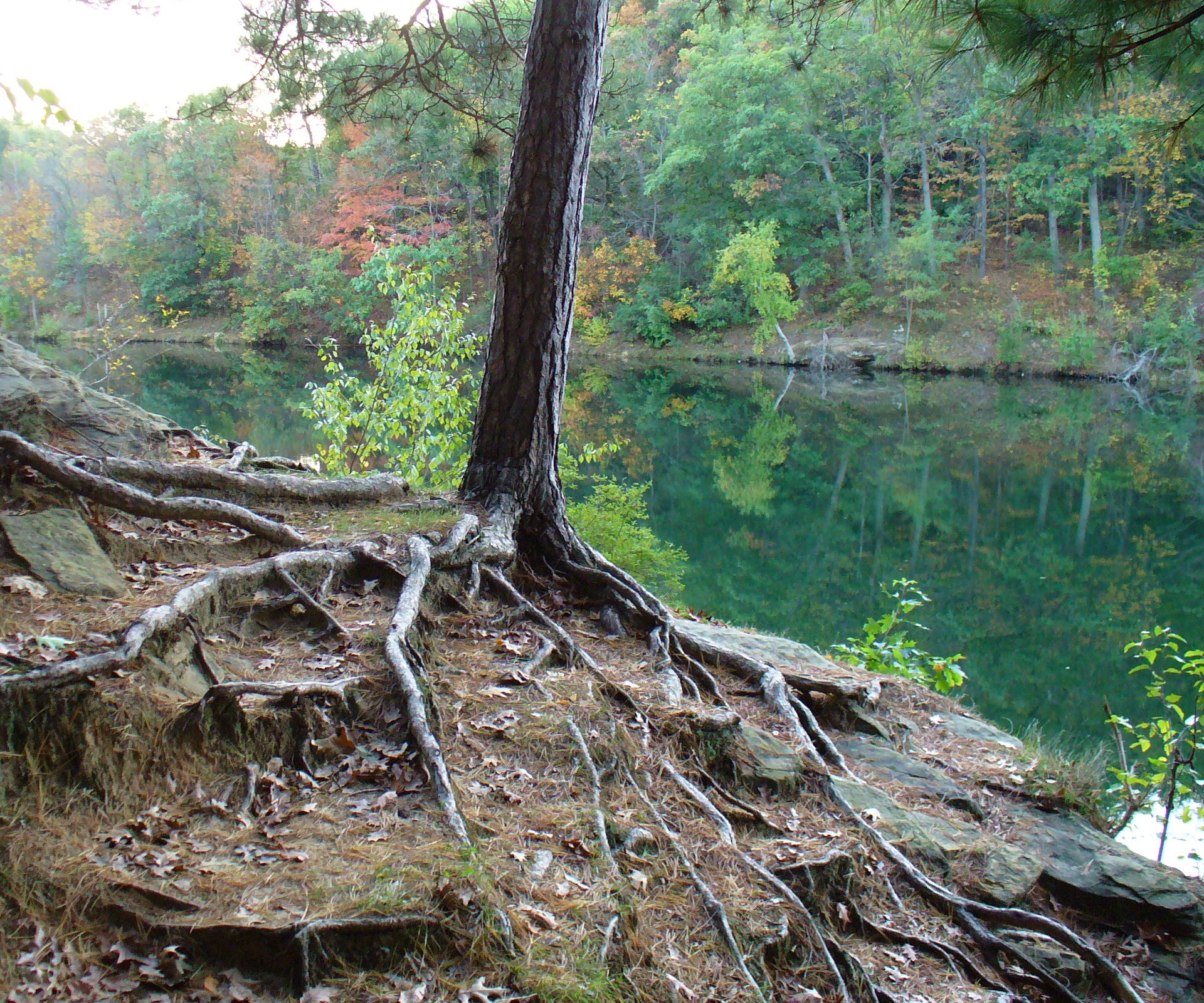|
Tabebuia Serratifolia
''Handroanthus serratifolius'' is a species of tree, commonly known as yellow lapacho, pau d'arco, yellow poui, yellow ipe, pau d'arco amarelo, or ''ipê-amarelo''. It is in the family Bignoniaceae. Description It is a tree native to forests throughout Central and South America. This plant grows in the cerrado vegetation of Brazil, reaching up to French Guiana, Bolivia, Paraguay and Northern Argentina. It is one of the largest and strongest of tropical forest trees, growing up to tall while the base can be in diameter. Uses It is a commercially farmed hardwood notable for its extreme hardness and resistance to fire and pests. It is sometimes traded as an "ironwood", or just as "ipê" (the entire genus ''Tabebuia''), or as lapacho (properly ''Handroanthus serratifolius'') Chemistry The bark of ''Handroanthus serratifolius'' contains chemical compounds including lapachol, quercetin, and other flavonoid Flavonoids (or bioflavonoids; from the Latin word ''flavus'', me ... [...More Info...] [...Related Items...] OR: [Wikipedia] [Google] [Baidu] |
Martin Vahl
Martin Henrichsen Vahl (10 October 1749 – 24 December 1804) was a Denmark-Norway, Danish-Norwegian botanist, herbalist and zoologist. Biography Martin Vahl was born in Bergen, Norway and attended Bergen Cathedral School. He studied botany at the University of Copenhagen and at Uppsala University under Carl Linnaeus. He edited ''Flora Danica'' fasc. XVI-XXI (1787–1799), ''Symbolæ Botanicæ'' I-III (1790–1794), ''Eclogæ Americanæ'' I-IV (1796–1807) and ''Enumeratio Plantarum'' I-II (1804–1805). He lectured at the University of Copenhagen Botanical Garden from 1779 to 1782. Vahl made several research trips in Europe and North Africa between 1783 and 1788. He became professor at Naturhistorieselskabet, the Society for Natural History at the University of Copenhagen in 1786 and was a full professor of botany from 1801 to his death. In 1792, he was elected a foreign member of the Royal Swedish Academy of Sciences. He died in Copenhagen, Denmark at age 55. His son Jens Va ... [...More Info...] [...Related Items...] OR: [Wikipedia] [Google] [Baidu] |
Lapacho
Lapacho or taheebo is herbal tea made from the inner bark of the pau d'arco tree ''Handroanthus impetiginosus''. Lapacho is used in the herbal medicine of several South and Central American indigenous peoples to treat a number of ailments including infection, fever and stomach complaints. The active ingredients such as lapachol have been found to possess significant abortifacient and reproductive toxicity effects for rats. Taheebo is the common name for the inner bark of the red or purple lapacho tree. This tree grows high in the Andes of the South American rainforest. The red lapacho's purple-colored inner bark was one of the main medicines used by the Incas and has been used for over 1,000 years by the Kallawaya. Lapacho is traditionally promoted by herbalists as a treatment for a number of human ailments, including cancer. According to the American Cancer Society, "available evidence from well-designed, controlled studies does not support this substance as an effective treatm ... [...More Info...] [...Related Items...] OR: [Wikipedia] [Google] [Baidu] |
Trees Of Suriname
In botany, a tree is a perennial plant with an elongated stem, or trunk, usually supporting branches and leaves. In some usages, the definition of a tree may be narrower, e.g., including only woody plants with secondary growth, only plants that are usable as lumber, or only plants above a specified height. But wider definitions include taller palms, tree ferns, bananas, and bamboos. Trees are not a monophyletic taxonomic group but consist of a wide variety of plant species that have independently evolved a trunk and branches as a way to tower above other plants to compete for sunlight. The majority of tree species are angiosperms or hardwoods; of the rest, many are gymnosperms or softwoods. Trees tend to be long-lived, some trees reaching several thousand years old. Trees evolved around 400 million years ago, and it is estimated that there are around three trillion mature trees in the world currently. A tree typically has many secondary branches supported clear of t ... [...More Info...] [...Related Items...] OR: [Wikipedia] [Google] [Baidu] |
Trees Of Guyana
In botany, a tree is a perennial plant with an elongated stem, or trunk, usually supporting branches and leaves. In some usages, the definition of a tree may be narrower, e.g., including only woody plants with secondary growth, only plants that are usable as lumber, or only plants above a specified height. But wider definitions include taller palms, tree ferns, bananas, and bamboos. Trees are not a monophyletic taxonomic group but consist of a wide variety of plant species that have independently evolved a trunk and branches as a way to tower above other plants to compete for sunlight. The majority of tree species are angiosperms or hardwoods; of the rest, many are gymnosperms or softwoods. Trees tend to be long-lived, some trees reaching several thousand years old. Trees evolved around 400 million years ago, and it is estimated that there are around three trillion mature trees in the world currently. A tree typically has many secondary branches supported clear o ... [...More Info...] [...Related Items...] OR: [Wikipedia] [Google] [Baidu] |
Trees Of Ecuador
In botany, a tree is a perennial plant with an elongated Plant stem, stem, or trunk (botany), trunk, usually supporting Branch, branches and leaves. In some usages, the definition of a tree may be narrower, e.g., including only Bark (botany), woody plants with secondary growth, only plants that are usable as lumber, or only plants above a specified height. But wider definitions include taller Arecaceae, palms, Cyatheales, tree ferns, Musa (genus), bananas, and bamboos. Trees are not a Monophyletic group, monophyletic taxonomic group but consist of a wide variety of plant species that Convergent evolution, have independently evolved a trunk and branches as a way to tower above other plants to compete for sunlight. The majority of tree species are angiosperms or hardwoods; of the rest, many are gymnosperms or softwoods. Trees tend to be long-lived, some trees reaching several thousand years old. Trees evolved around 400 million years ago, and it is estimated that there are a ... [...More Info...] [...Related Items...] OR: [Wikipedia] [Google] [Baidu] |
Trees Of Colombia
In botany, a tree is a perennial plant with an elongated stem, or trunk, usually supporting branches and leaves. In some usages, the definition of a tree may be narrower, e.g., including only woody plants with secondary growth, only plants that are usable as lumber, or only plants above a specified height. But wider definitions include taller palms, tree ferns, bananas, and bamboos. Trees are not a monophyletic taxonomic group but consist of a wide variety of plant species that have independently evolved a trunk and branches as a way to tower above other plants to compete for sunlight. The majority of tree species are angiosperms or hardwoods; of the rest, many are gymnosperms or softwoods. Trees tend to be long-lived, some trees reaching several thousand years old. Trees evolved around 400 million years ago, and it is estimated that there are around three trillion mature trees in the world currently. A tree typically has many secondary branches supported clear ... [...More Info...] [...Related Items...] OR: [Wikipedia] [Google] [Baidu] |
Trees Of Brazil
In botany, a tree is a perennial plant with an elongated Plant stem, stem, or trunk (botany), trunk, usually supporting Branch, branches and leaves. In some usages, the definition of a tree may be narrower, e.g., including only Bark (botany), woody plants with secondary growth, only plants that are usable as lumber, or only plants above a specified height. But wider definitions include taller Arecaceae, palms, Cyatheales, tree ferns, Musa (genus), bananas, and bamboos. Trees are not a Monophyletic group, monophyletic taxonomic group but consist of a wide variety of plant species that Convergent evolution, have independently evolved a trunk and branches as a way to tower above other plants to compete for sunlight. The majority of tree species are angiosperms or hardwoods; of the rest, many are gymnosperms or softwoods. Trees tend to be long-lived, some trees reaching several thousand years old. Trees evolved around 400 million years ago, and it is estimated that there are a ... [...More Info...] [...Related Items...] OR: [Wikipedia] [Google] [Baidu] |
Trees Of South America
In botany, a tree is a perennial plant with an elongated stem, or trunk, usually supporting branches and leaves. In some usages, the definition of a tree may be narrower, e.g., including only woody plants with secondary growth, only plants that are usable as lumber, or only plants above a specified height. But wider definitions include taller palms, tree ferns, bananas, and bamboos. Trees are not a monophyletic taxonomic group but consist of a wide variety of plant species that have independently evolved a trunk and branches as a way to tower above other plants to compete for sunlight. The majority of tree species are angiosperms or hardwoods; of the rest, many are gymnosperms or softwoods. Trees tend to be long-lived, some trees reaching several thousand years old. Trees evolved around 400 million years ago, and it is estimated that there are around three trillion mature trees in the world currently. A tree typically has many secondary branches supported clear of t ... [...More Info...] [...Related Items...] OR: [Wikipedia] [Google] [Baidu] |
Trees Of Central America
In botany, a tree is a perennial plant with an elongated stem, or trunk, usually supporting branches and leaves. In some usages, the definition of a tree may be narrower, e.g., including only woody plants with secondary growth, only plants that are usable as lumber, or only plants above a specified height. But wider definitions include taller palms, tree ferns, bananas, and bamboos. Trees are not a monophyletic taxonomic group but consist of a wide variety of plant species that have independently evolved a trunk and branches as a way to tower above other plants to compete for sunlight. The majority of tree species are angiosperms or hardwoods; of the rest, many are gymnosperms or softwoods. Trees tend to be long-lived, some trees reaching several thousand years old. Trees evolved around 400 million years ago, and it is estimated that there are around three trillion mature trees in the world currently. A tree typically has many secondary branches supported clear of ... [...More Info...] [...Related Items...] OR: [Wikipedia] [Google] [Baidu] |
Flavonoid
Flavonoids (or bioflavonoids; from the Latin word ''flavus'', meaning yellow, their color in nature) are a class of polyphenolic secondary metabolites found in plants, and thus commonly consumed in the diets of humans. Chemically, flavonoids have the general structure of a 15-carbon skeleton, which consists of two phenyl rings (A and B) and a Heterocyclic compound, heterocyclic ring (C, the ring containing the embedded oxygen). This carbon structure can be abbreviated C6-C3-C6. According to the IUPAC nomenclature, they can be classified into: *flavonoids or bioflavonoids *isoflavonoids, derived from 3-phenylchromone, chromen-4-one (3-phenyl-1,4-benzopyran, benzopyrone) structure *neoflavonoids, derived from 4-phenylcoumarin (4-phenyl-1,2-benzopyran, benzopyrone) structure The three flavonoid classes above are all ketone-containing compounds and as such, anthoxanthins (flavones and flavonols). This class was the first to be termed bioflavonoids. The terms flavonoid and bioflavo ... [...More Info...] [...Related Items...] OR: [Wikipedia] [Google] [Baidu] |







